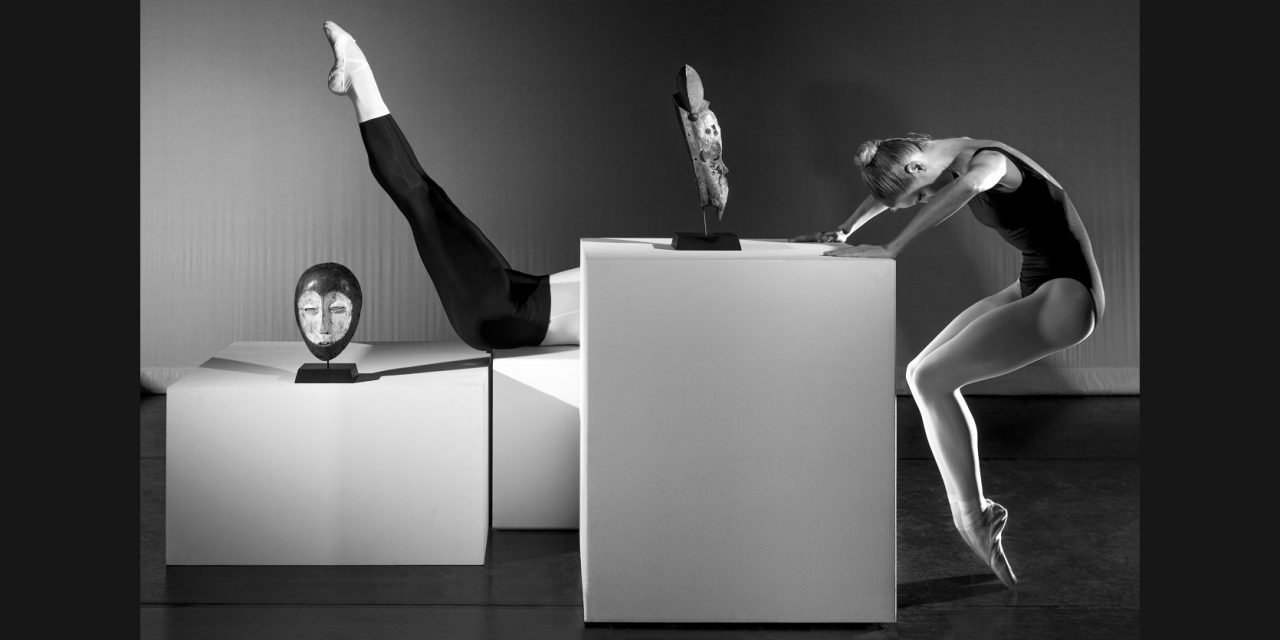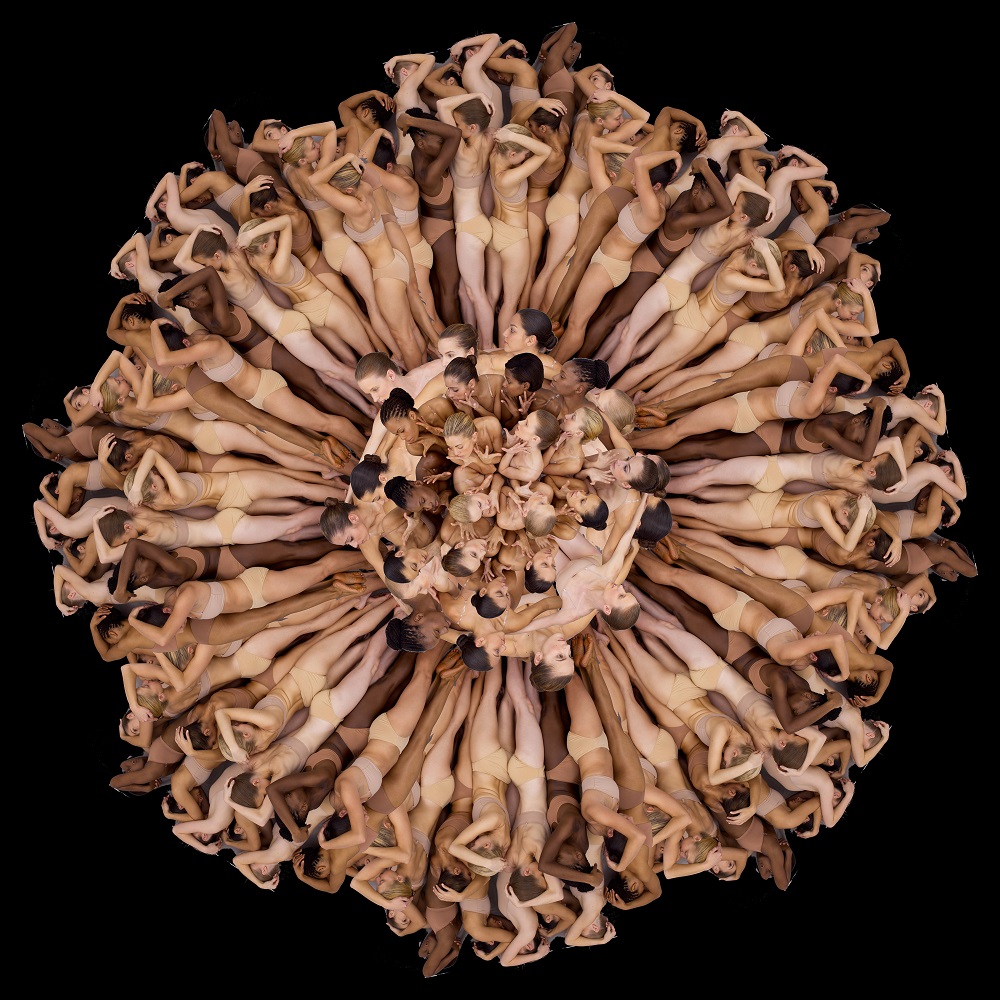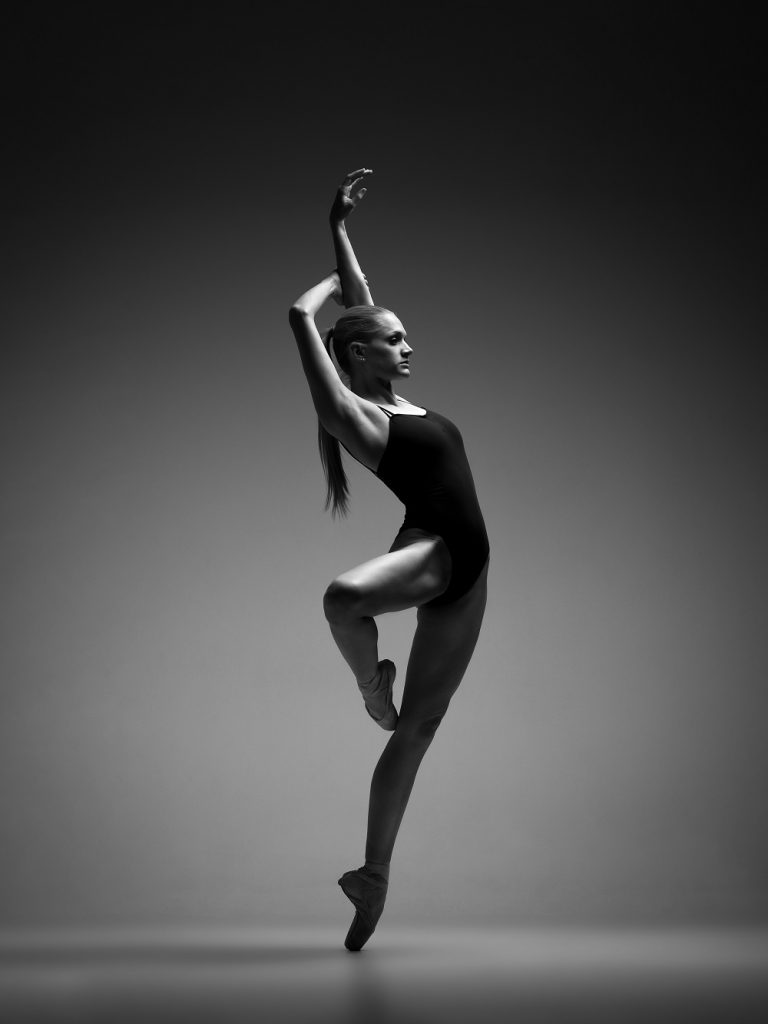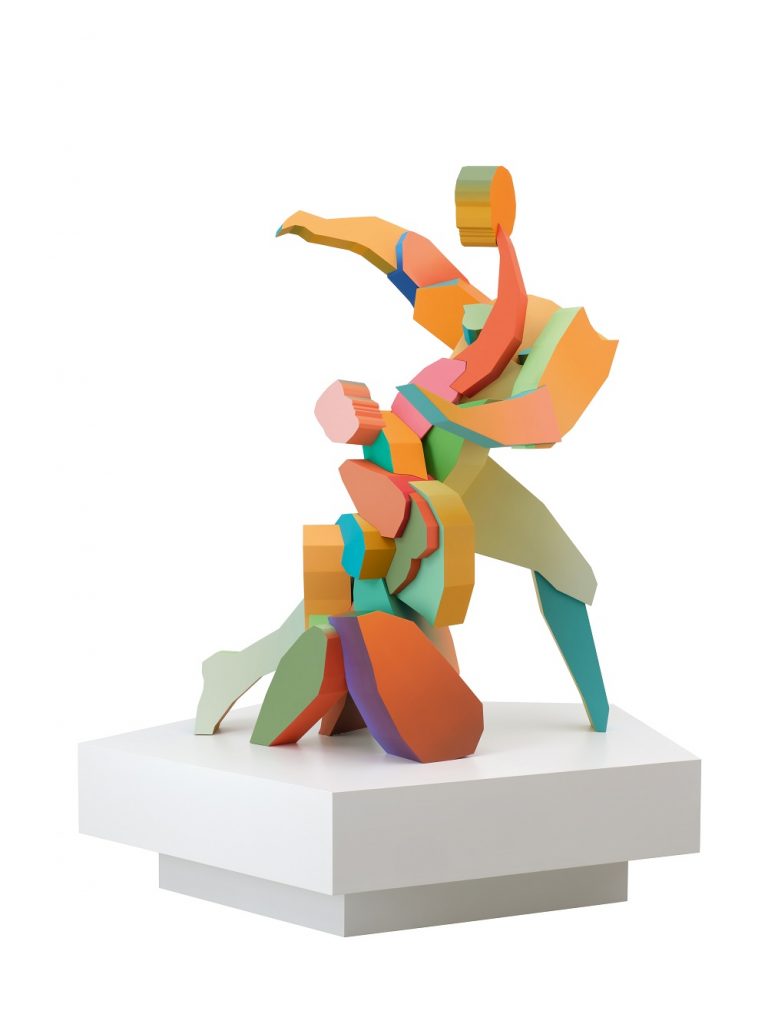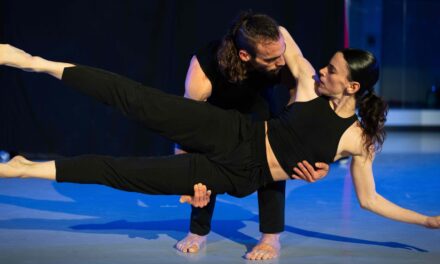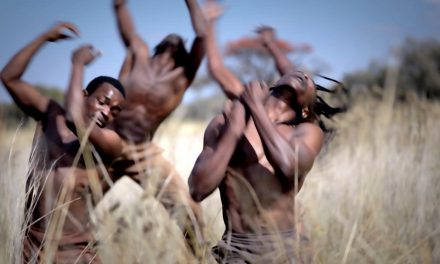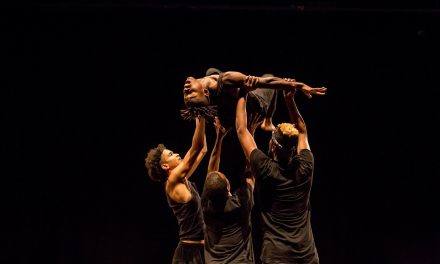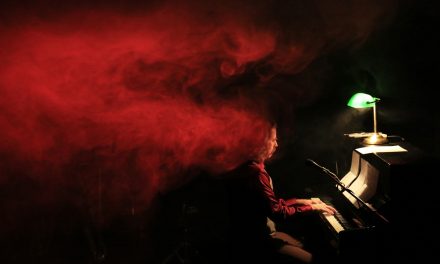Throughout history, dancers have been the inspiration for a great many visual artists including such famous painters as French painters Edgar Degas, Pierre Auguste Renoir, Vincent Van Gogh, Henri de Toulouse Lautrec, and Flemish renaissance painter Pieter Balten, to name a small fraction of the many. Dancers have been a great motivator for photographers since the camera was invented and now there is an extraordinarily beautiful new book titled Dance Vision: Dance Through the Eyes of Today’s Artists by dancer Joshua Teal that is far more than just a coffee table book of lovely photographs. It is a wonderful compilation of contemporary photography, sculpture, illustration, and design accompanied by a short biography and interview with each of the featured artists; all in commemoration of dance and dancers’ bodies. There is also a charming introduction written by Teal titled “The Boy With The Beautiful Feet”. Dance Vision was published in 2022 by Cernunnos and is now available in bookstores and online.
Joshua Teal is a San Francisco based Black and LGBTQ+ dancer trained in classical ballet and Cunningham technique. He received a BFA in theatre performance from the University of Memphis, where he was named the emerging performer of the year. Among the places where Teal received his dance training are Academy of Ballet, Ballet Black, and Collage Dance Collective. Currently a member of the Peninsula Ballet Theatre, Teal teaches private ballet classes, is learning sign language, advocating for the elderly, and writing. He has utilized all of his many talents within the creation of this, his first book, Dance Vision.
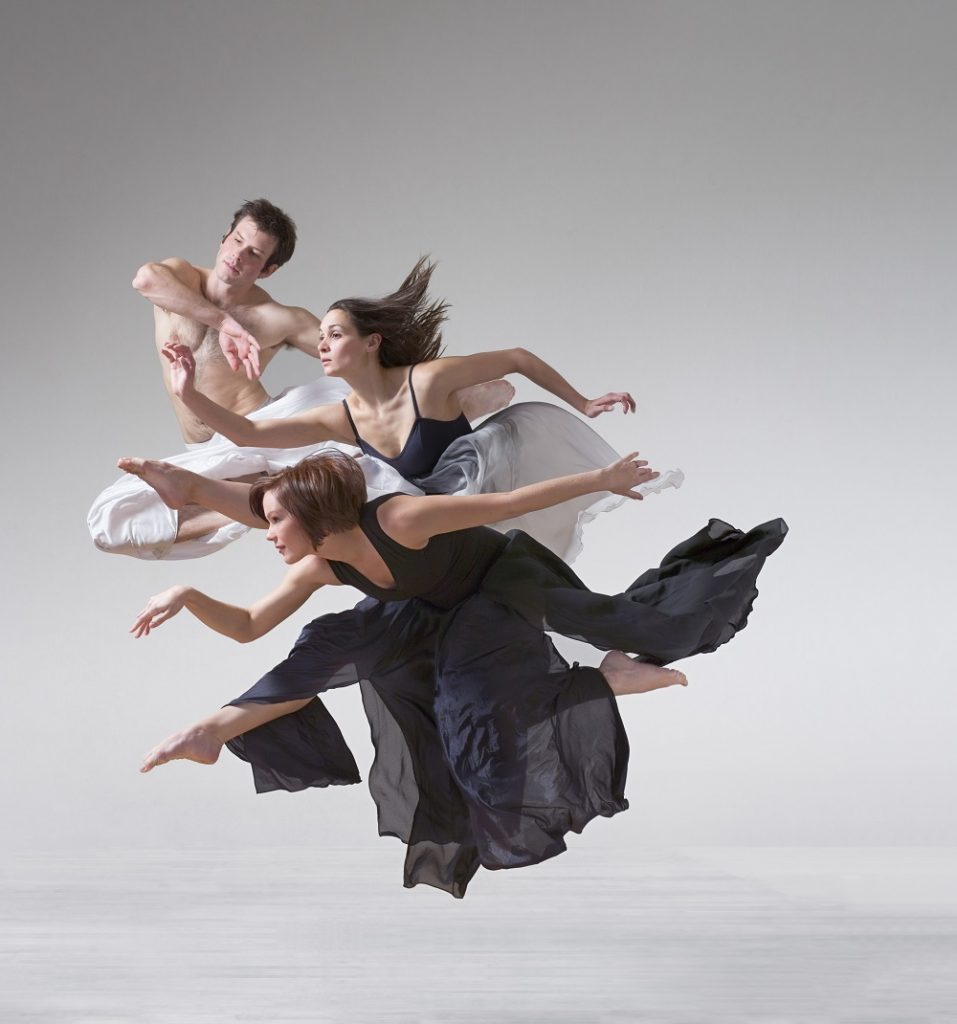
Dance Vision – Andrew Claus, Eileen Jaworowicz, and Aileen Boehl – Photo by Lois Greenfield, courtesy of artist/Cernunnos
Because dancers are constantly on the move during a performance, capturing great photos takes a high quality camera, but most importantly a special skill. On the other hand, posed dance photos also require a gifted photographer or else the dancers look stilted, void of energy and frankly, bored. Dance photographer Lois Greenfield has been one of the best in the business since the 1970s and someone who several of the photographers featured in Dance Vision greatly admire and aspire to emulate.
In an artist statement, Greenfield writes: “I prefer to work outside the constraints of choreography, collaborating with dancers on improvised, non-repeatable, often high-risk moments. These moments are not plucked from a continuum, but exist only as isolated instants. I allow the dancers to project a fluid identity for the camera and showcase a different persona in each photo, producing images that represent dreams of our constantly shifting selves.”
The photographers in Dance Vision have produced many different types of work featuring dance and dancers. Israeli artist Nir Arieli uses a double exposure technique to create movement, tension and emotion. Russian photographer Ravshaniya Azoulay enjoys making the dancer appear to levitate mid-air within different environments. Several of the photos look as surreal as the paintings of Salvador Dali or as stylish as the Art Deco creations of the Russian born Erté (Romain de Tirtoff). Ukrainian photographer Yevgeniy Repiashenko turns dancers into shiny sculptures or porcelain figurines. Others like American artist Howard Schatz and Korean based Baki transforms dancers’ bodies into sections of bamboo, leafless trees, waves, and flowers while Axel Brand of Germany masterfully captures dancers doing what they do best, moving.
Dance Vision is rich with stunning illustrations that were inspired by dance and dancers. Polish illustrator Karolina Szymkiewicz’s drawings evoke many emotions and captures movement brilliantly. There are paintings by a two-time winner of the Prix de West Purchase Award Morgan Weistling (Pages 231-237) that almost seem to waltz across the page. There are pages of photographs of dance sculptures by artists Jonathan Chapline, Carole A. Feuerman, Dorit Levinstein, and James Moore, to name only a few.
One could spend hours just looking at the collection of extraordinary photos in this book, but I was also eager to learn more about each artist and what drew them to the world of dance. Teal has answered that question by including a brief bio and an eye-opening interview with each artist that provides a glimpse into their creative thoughts, methods and aspirations.
Dance Vision: Dance Through the Eyes of Today’s Artists is a picture book, a glimpse into the different types of movement languages these artists speak with through their art and especially if you love art and artists, dance and dancers, this is a book of learning for all who are fortunate enough to peruse its pages.
Dance Vision: Dance Through the Eyes of Today’s Artists by Joshua Teal was published by Cernunnos and is available for purchase ($35 in the US) at Abrams Books, Barnes & Nobel, Amazon.com, to name only a few sources.
Written by Jeff Slayton for LA Dance Chronicle.
Featured image: Dance Vision – “As One 1” by Brendan Fernandes – Photo courtesy of artist/Cernunnos

